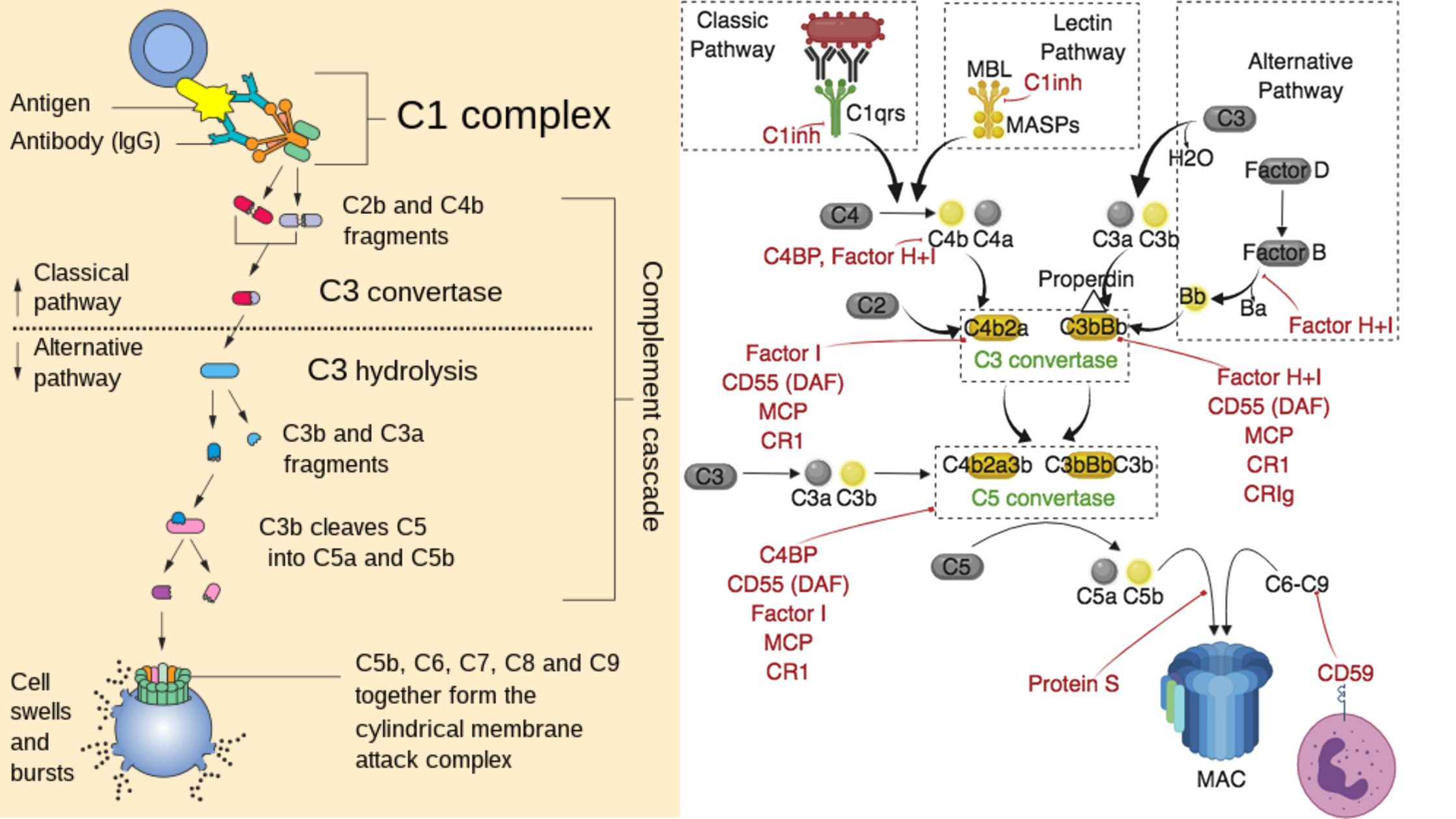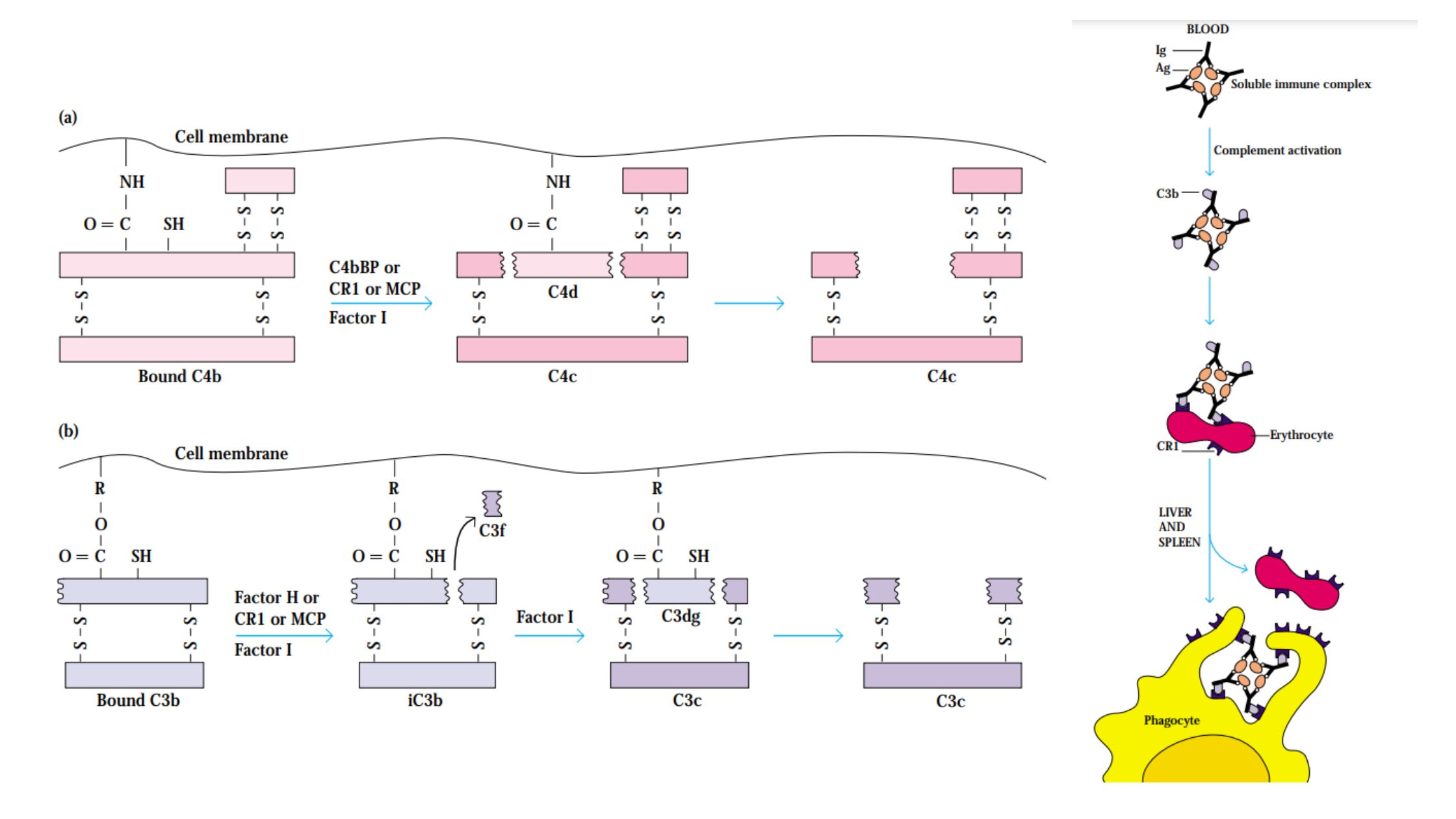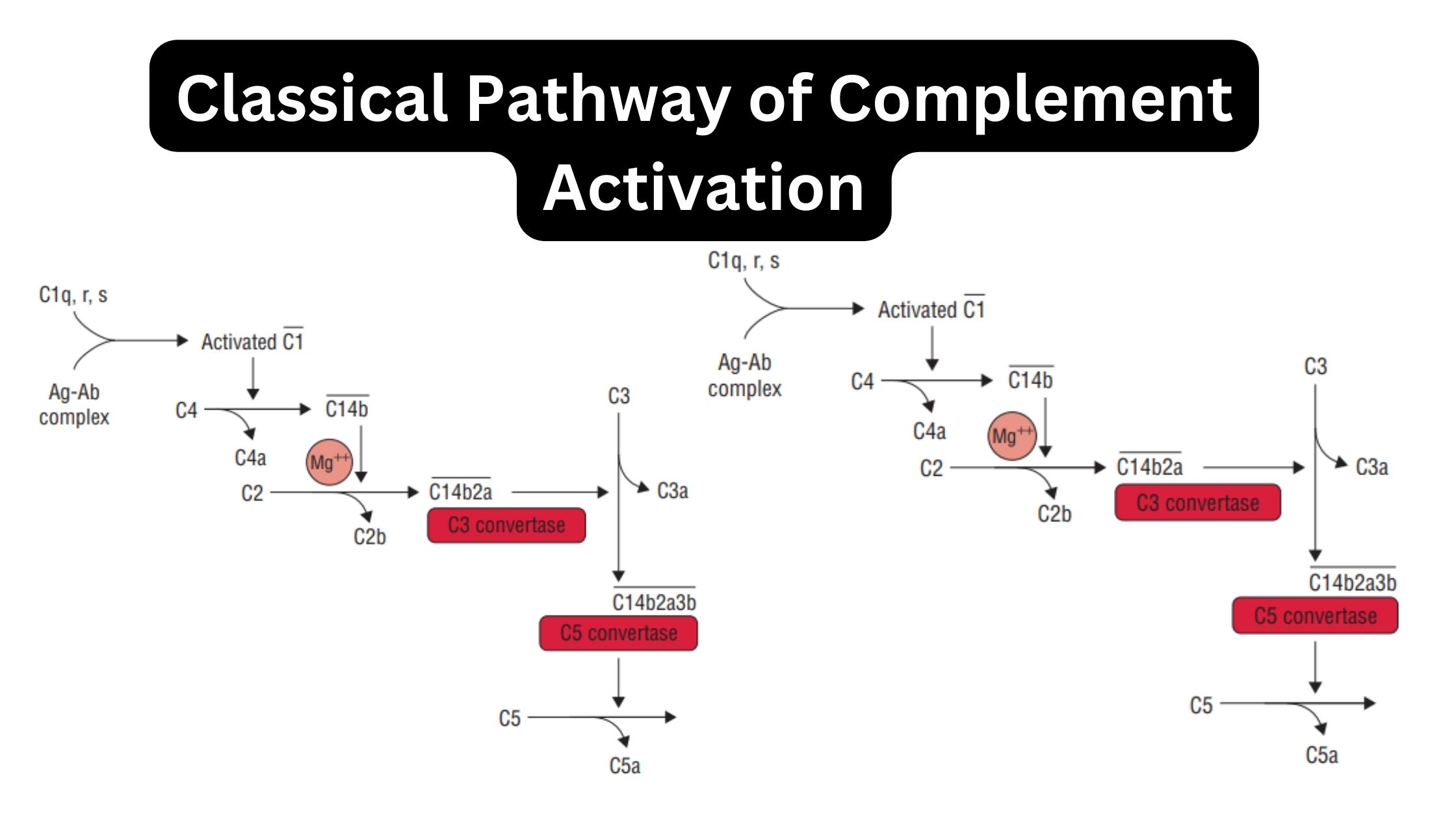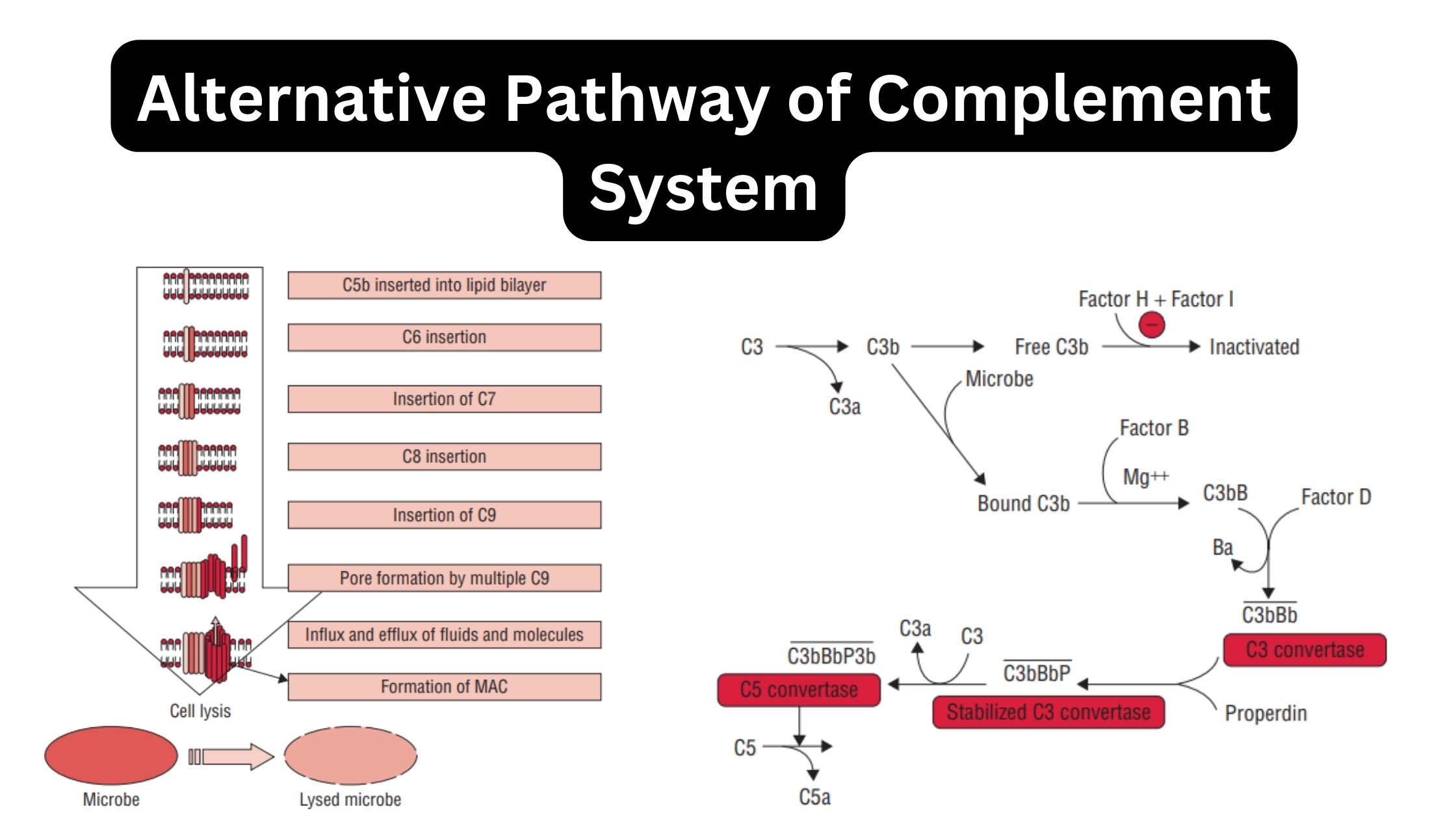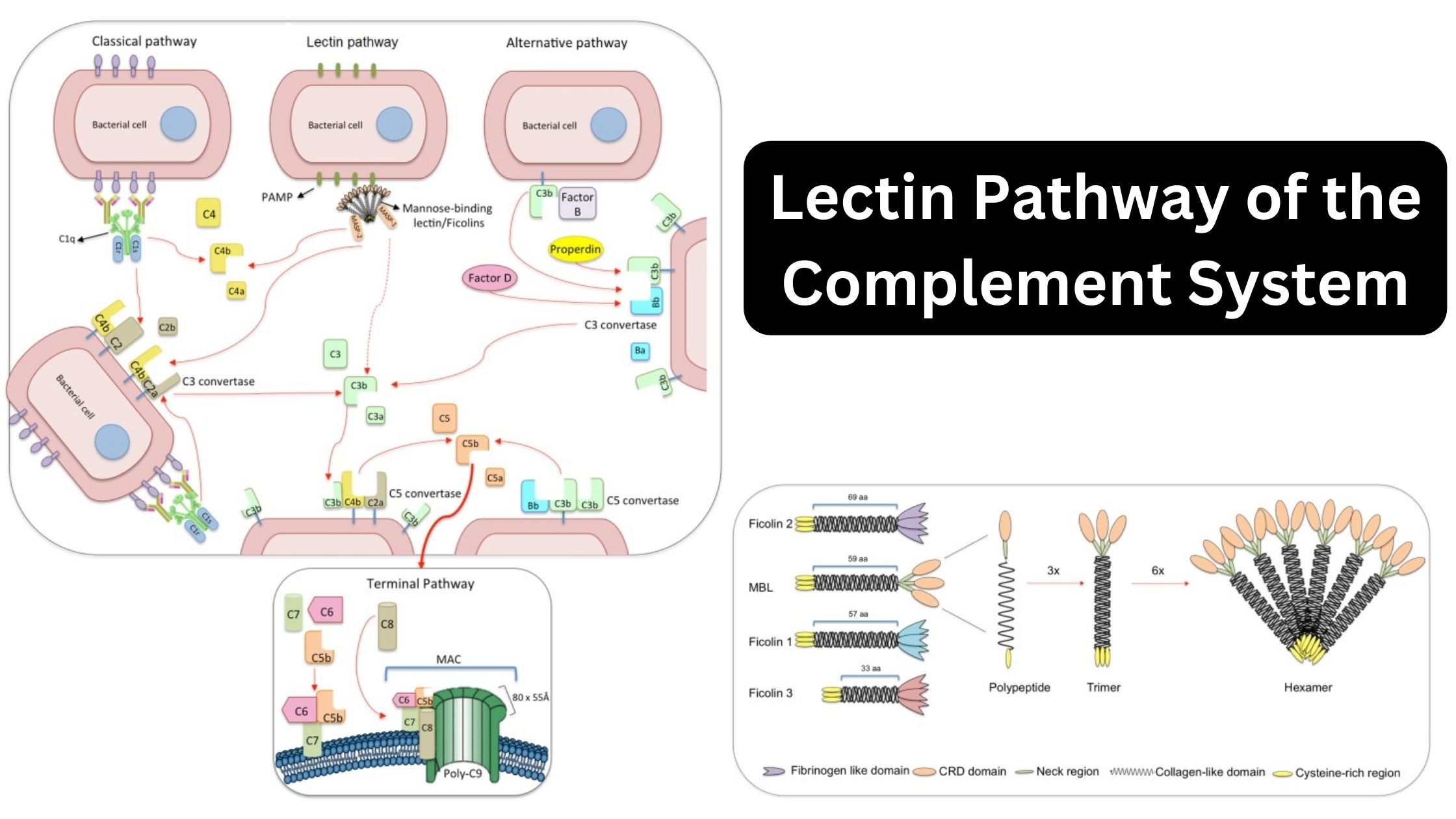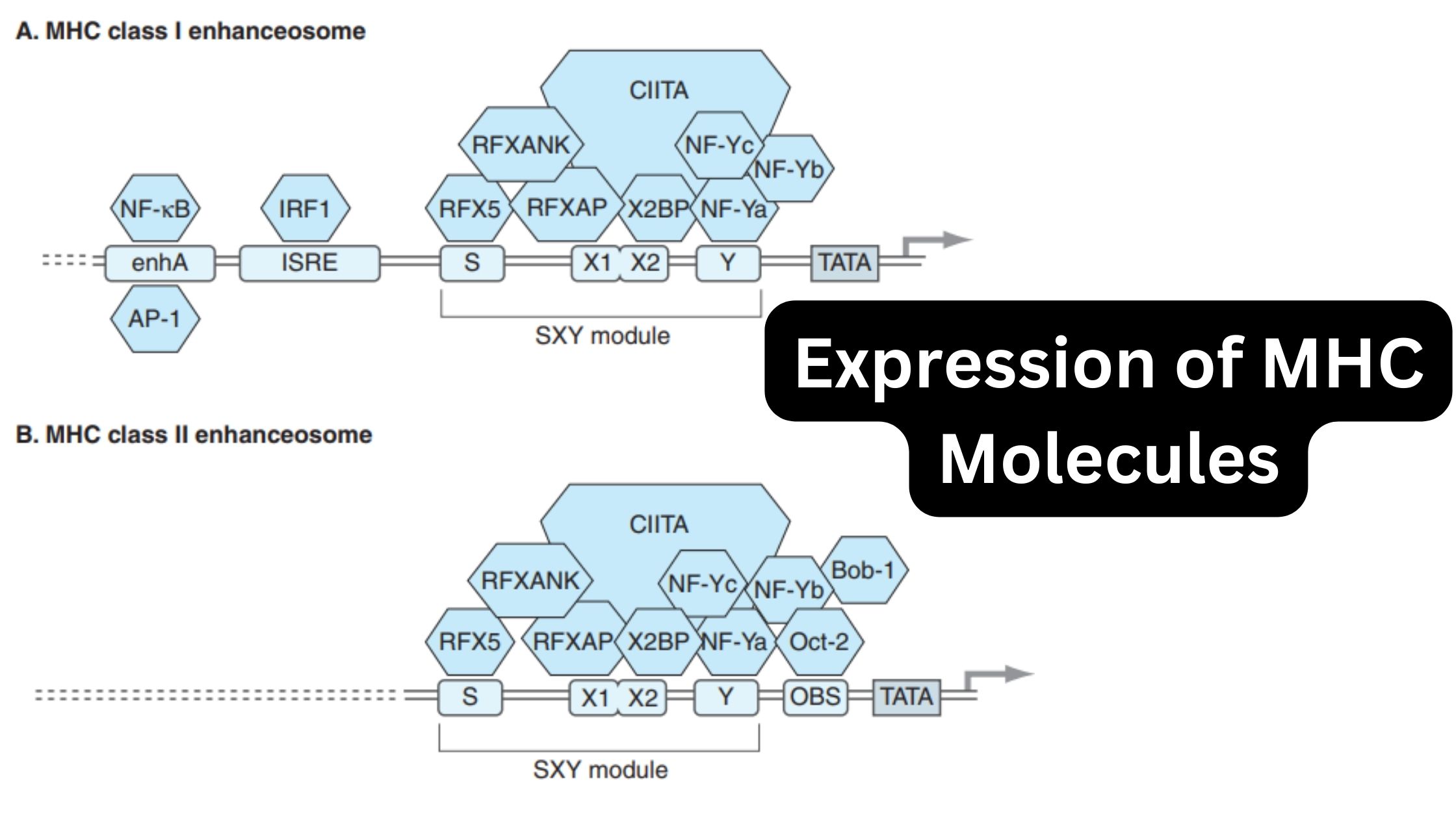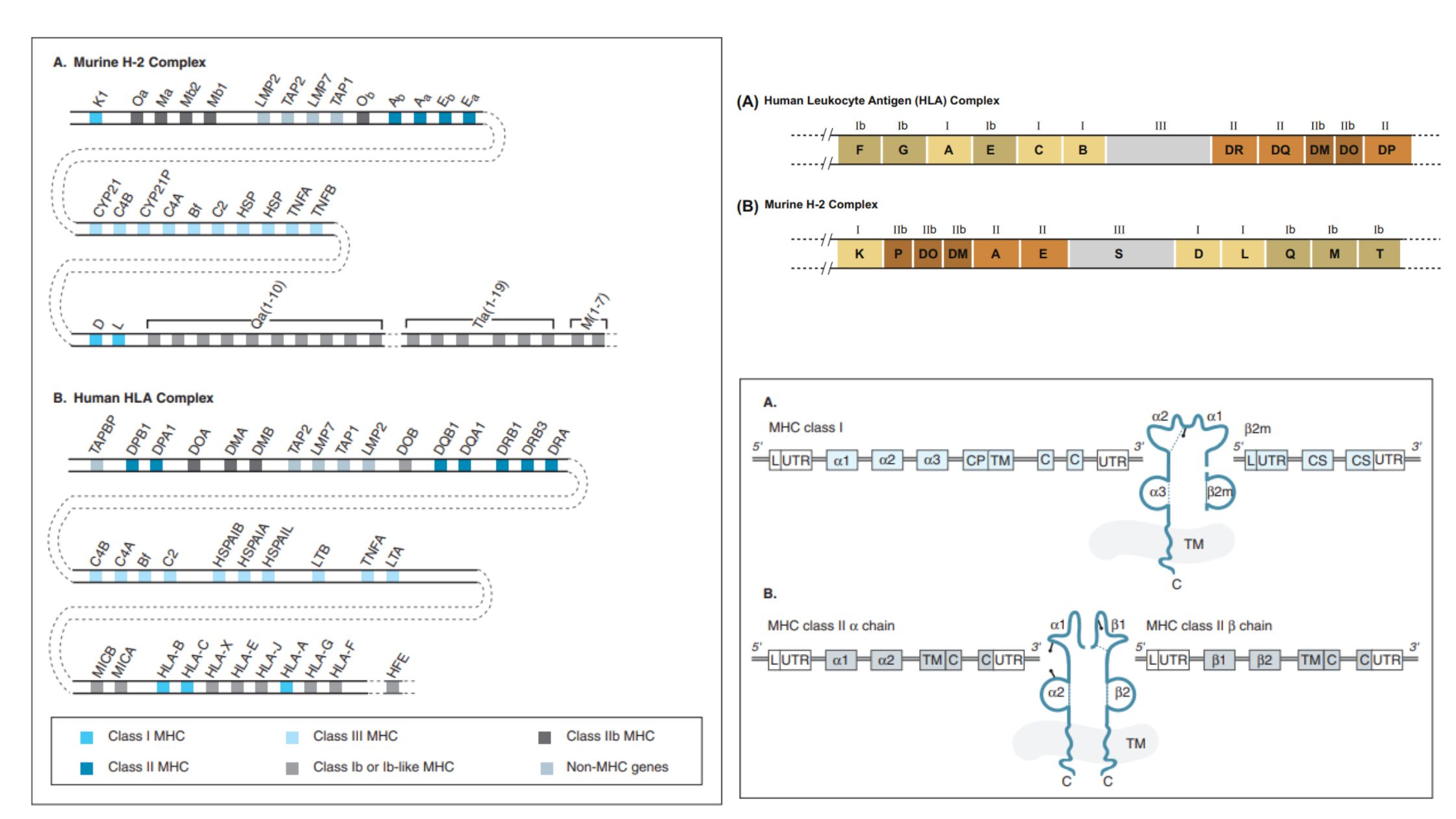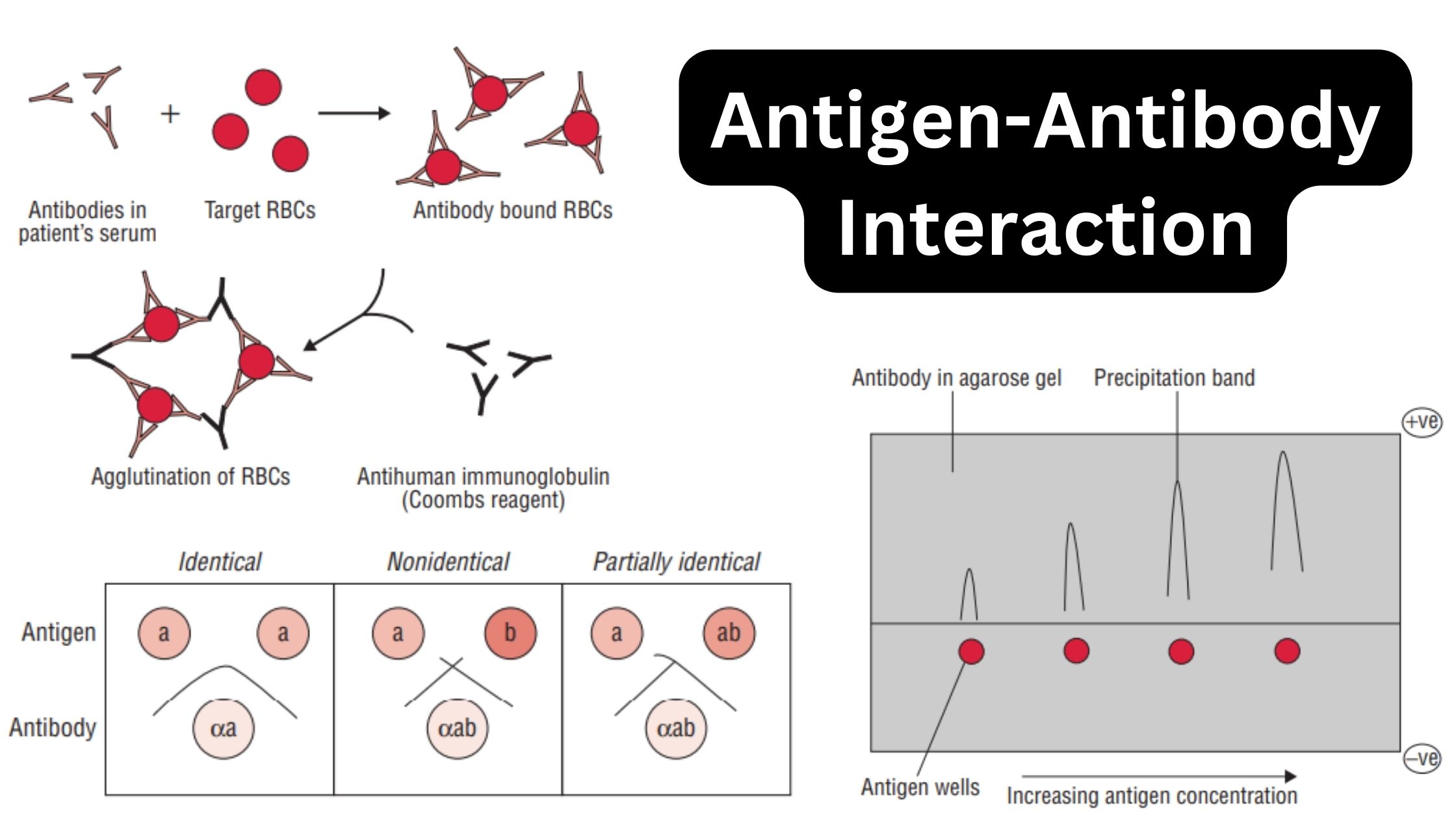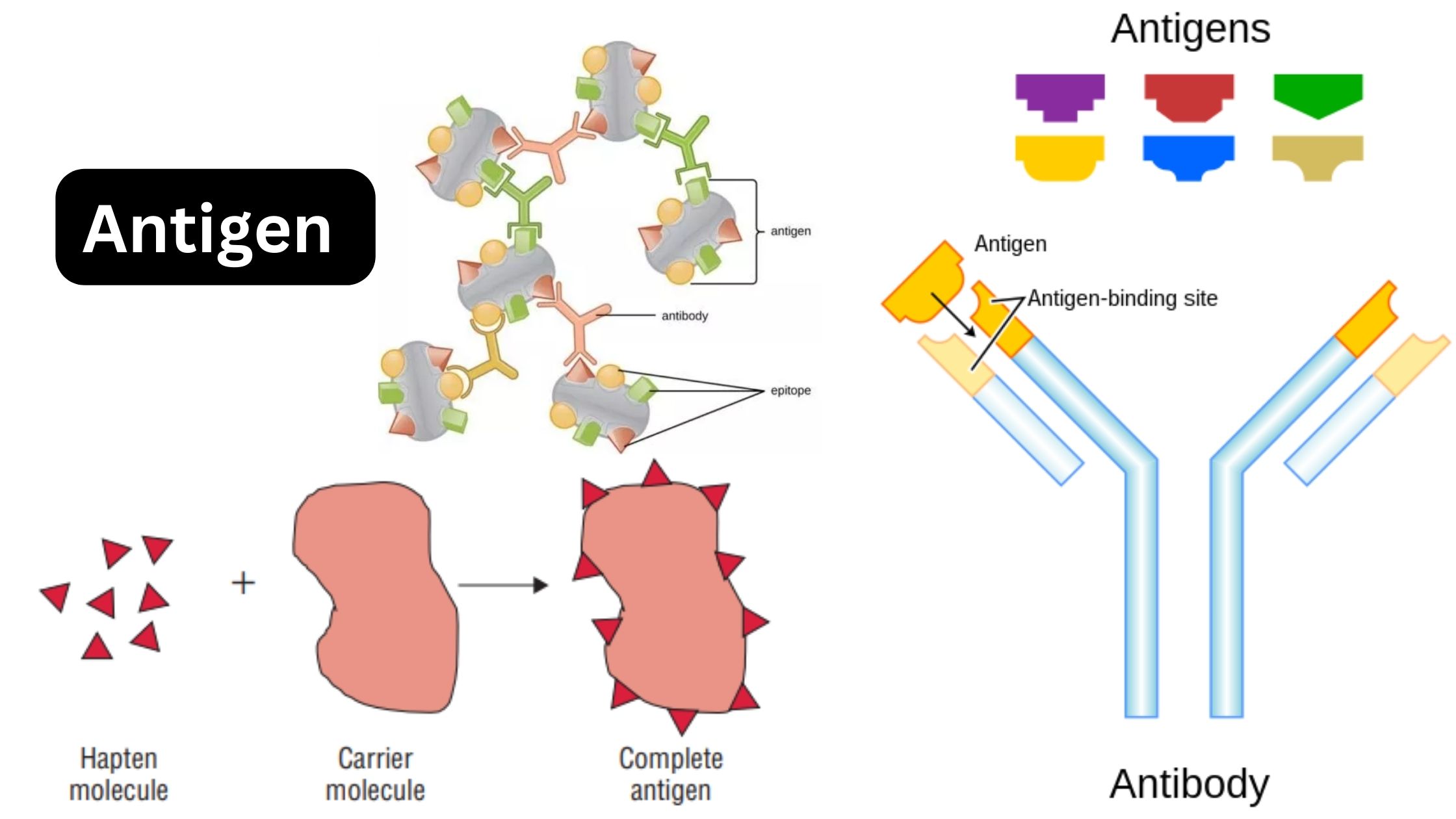Passive Immunity – Definition, Types, Characteristics, Examples
What is Passive Immunity? Definition of Passive Immunity Passive immunity is the temporary protection against infectious diseases provided by the introduction of pre-formed antibodies from an external source, rather than the body’s own immune response. Characteristics of Passive Immunity Passive immunity possesses several distinct characteristics that differentiate it from active immunity: Types of Passive Immunity … Read more

